The term “calibration” in the context of smart/intelligent transmitters is often misunderstood. The information provided here serves to explain the difference between sensor trim, range setting, and current trim.
Plants have hundreds or thousands of devices of different types from different manufacturers to to calibrate
In the past these transmitters required a technician to be sent to the field to change the range with a handheld field communicator. Other times the opposite was true, when sensor trim was done at the transmitter in the field, somebody had to be in the control room to work from the software.
Calibration is now performed using handheld field communicator or intelligent device management software based on EDDL (Electronic Device Description Language), whichever suits the task at hand best.
EDDL technology makes calibration easier thanks to user guidance such as wizards as well as know-how made available from the device manufacturer’s experts. The result is lower cost of maintenance, and better performing devices.
EDDL technology supports small portable field communicators for easy field work, and there is no other way to achieve a comparable result.
What is calibration?
Calibration can mean three different things; sensor trim, range setting (re-ranging), or current trim.
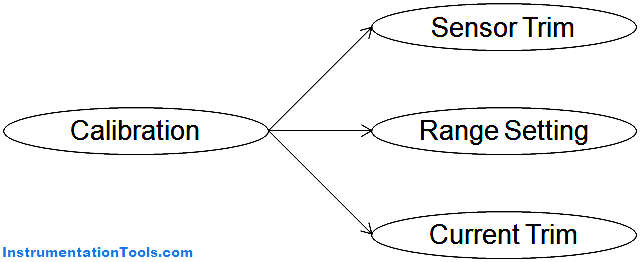
These three are explained individually below and in the calibration tutorial.
What is sensor trim?
Sensor trim is the correction of the digital reading from the sensor after the A/D conversion.
What is transmitter re-ranging?
Re-ranging is configuration of the lower and upper range values corresponding to the input values at which the transmitter output shall be 4 mA and 20 mA respectively.
What is current trim?
Current trim is the correction of the analog output from the transmitter.
How do I calibrate a smart transmitter?
Sensor trim, range setting (re-ranging), or current trim for a smart pressure, temperature, level, flow or other measurement transmitter requires a handheld field communicator, laptop with interface and software, or a computer. Sensor trim requires a physical input to be applied. Range setting does not. Current trim requires the output to be measured.
How do I set the range in a smart transmitter?
Range setting (re-ranging) for a smart pressure, temperature, level, flow or other measurement transmitter requires a handheld field communicator, laptop with interface and software, or a computer. Range setting can be done as a direct numeric value entry or for some devices to the applied input which is useful in some applications.
Do I need to calibrate a fieldbus transmitter?
All sensors drift over time regardless of what kind of output signal the transmitter has. Therefore, at some point in time, sensor trim will be required for 4-20 mA/HART, FOUNDATION fieldbus, and PROFIBUS-PA devices alike. However, FOUNDATION fieldbus and PROFIBUS-PA devices do not require range to be set in most applications, and they do not need current trim since there is no 4-20 mA.
What is turndown?
Turn-down is the ratio of the smallest permitted span to the Upper Sensor Limit. For instance, if the Upper Sensor Limit is 80 kPa and the minimum span is 2 kPa, then the turndown ratio (rangeability) of that transmitter is 40:1.
What is zero elevation?
Zero elevation is when the lower range value (4 mA point) is below zero, for instance range of -25 to +100, or -100 to 0, or -100 to -20.
What is zero suppression?
Zero suppression is when the lower range value (4 mA point) is above zero, for instance a range of 20 to 100.
What is a documenting calibrator?
A documenting calibrator combines the functionality of a portable calibrator with that of a handheld field communicator into a single tool. The portable documenting calibrator communicates digitally with the intelligent transmitters and can automatically document the calibration performed.
Why are analog signal endpoints 4-20 mA and not other values?
The 4 mA and 20 mA endpoints evolved from 3-15 psi. 4mA for Live Zero Check and the Selected Range for Linearity.
What is paperless calibration?
A documenting calibrator can automatically document the calibration performed eliminating the need for a clipboard with paper forms.
What is a calibration route?
A calibration route is the order in which instruments will be calibrated. Generally, those in one area of the plant, but it could be by instrument type or by calibration due date, whichever is most efficient.
How do I ‘zero’ a transmitter?
To ‘zero’ a transmitter could either be a zero sensor trim or setting the lower range value.
What is NAMUR NE43?
NE43 is a recommendation from the NAMUR organization proposing standard analog signal levels for failure indication from transmitters with 4-20 mA output: <3.6 mA for down-scale and >21 mA for up-scale.
Source : eddl.org
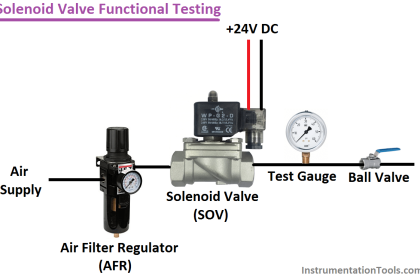

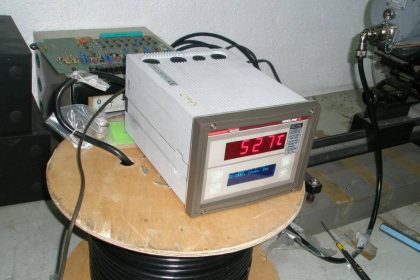

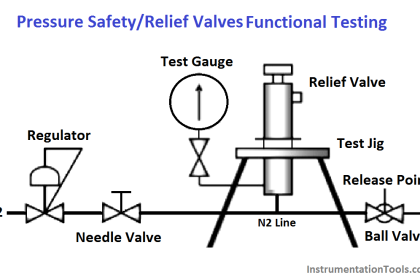
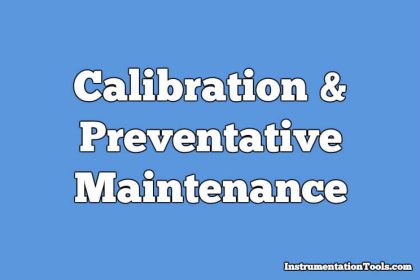
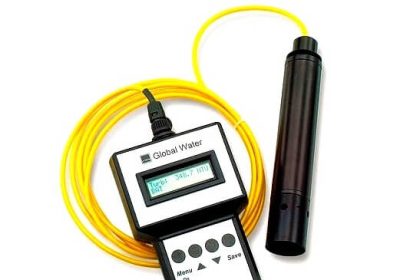
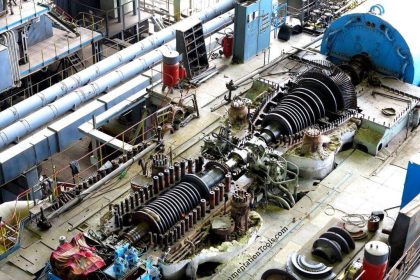
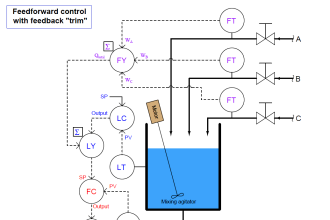

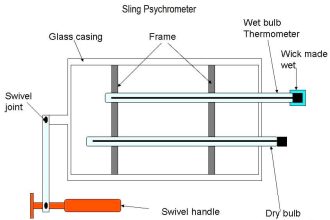
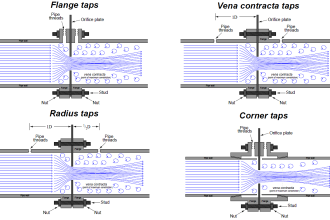
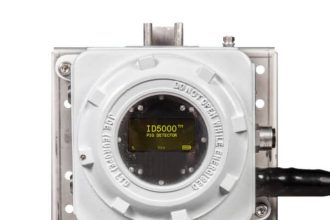

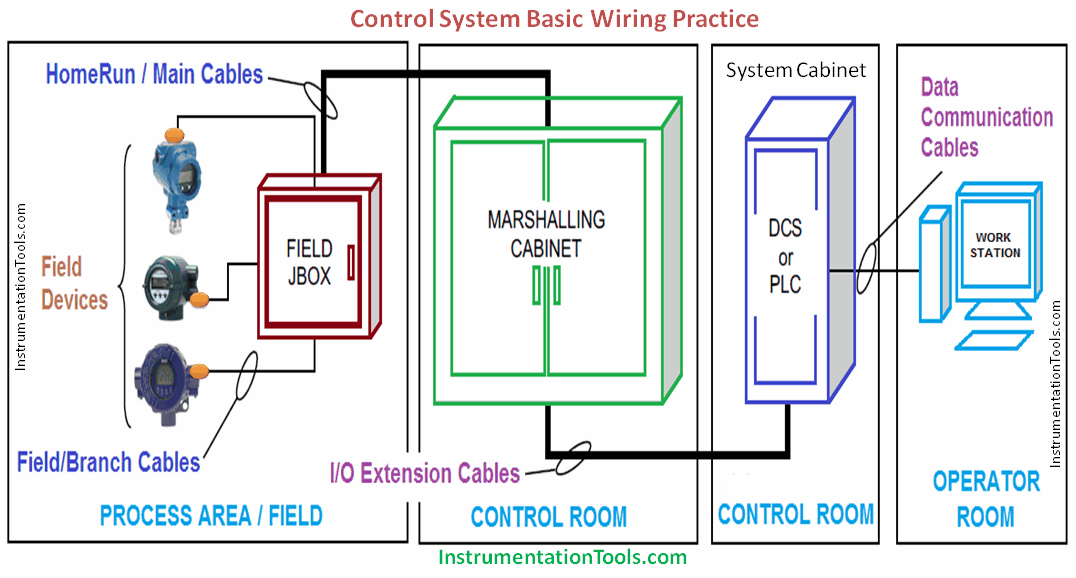
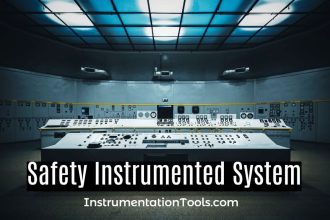

Thank you for sharing sir.
Might be a little too late but seems that a zero suppression and the zero elevation headings are mixed up in context of the explanation that follows them. Otherwise it is a nice summary.
error formula kindly send faheemudins@yahoo.com